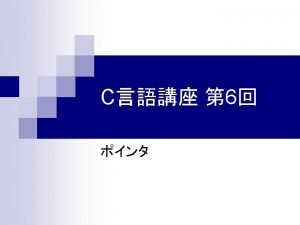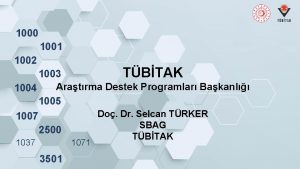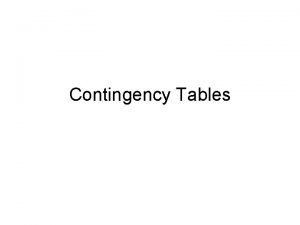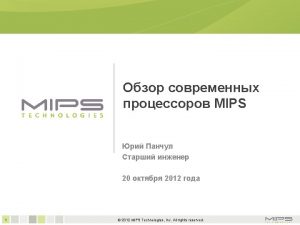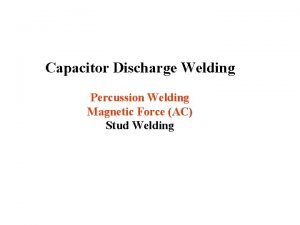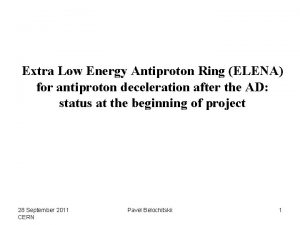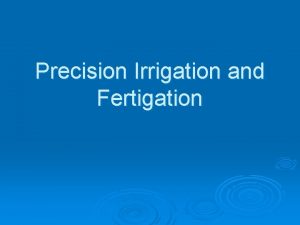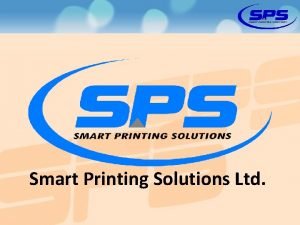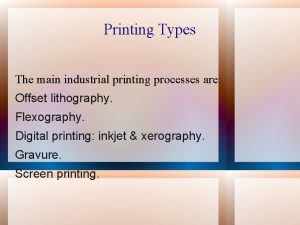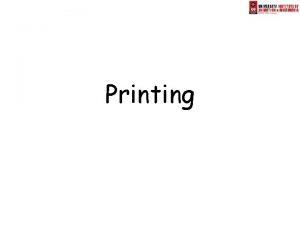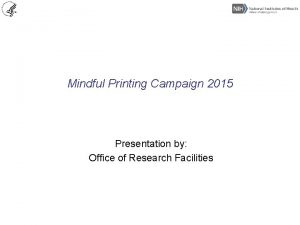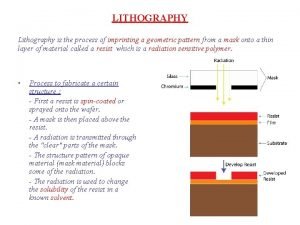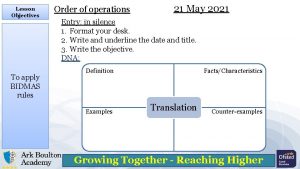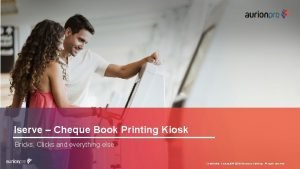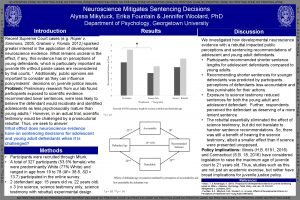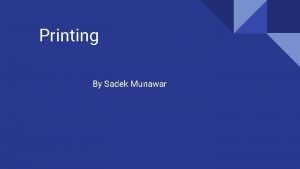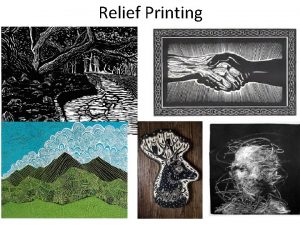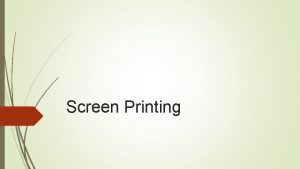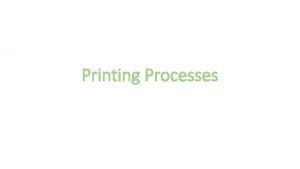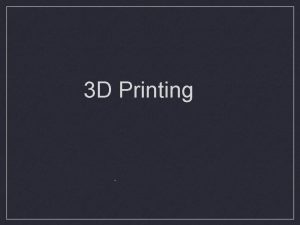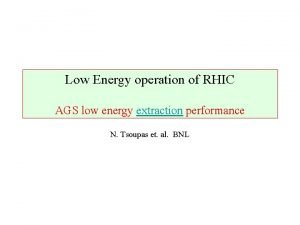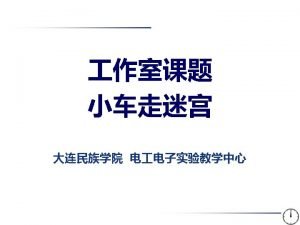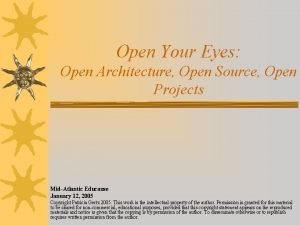Low Energy Printing P 1004 Open Source Open




















- Slides: 20

Low Energy Printing P 1004: Open Source / Open Architecture

Printing Architecture Input (Energy) Interface Output (Printed Paper) Central Processing Unit Paper Feed Printer Driver Printer Head Xerography Thermal Inkjet Piezoelectric Inkjet On-Demand Continuous 2 Data Stream

Who? • Team Members – – • Dean Culver Shawn Hoskins Derek Meinke Tim Salter Stakeholders – John Knapp, Research Fellow, Xerox Corp. – Marking Elements & Integration Lab – Rochester Institute of Technology – End user: Party that needs printing technology, but has very little electrical infrastructure to support it • Faculty Guides – Gerry Garavuso – Bill Nowak – Dr. Marcos Esterman 3

What? • Optimize Performance; Minimize Consumption • Identify areas of significant power consumption • Innovate and Substitute • Key Terminology • Xerography (Electrophotography) • Piezo Applications • Injet Printing • Challenges • What has already been done before? • Fuser Test Beds and Optimization • Electrophotographic Transfer Station 4

Where? • Previous Locations of Research • Past MSD projects stored on EDGE • Prototype and test fixtures at RIT • Current Technology Development • Continuing research at manufacturer locations and academic institutions • Research performed by company employees and students alike • Widespread knowledge base • Universities • Research facilities 5

When? • Utilization – End product could be utilized immediately – Growing demand for technology in less developed countries with little infrastructure • Previous Projects – P 09503: Electrophotographic Development and Transfer Station (2008 -1 to 2008 -2) – P 09505: Low-Energy Printing (2008 -2 to 2008 -3) • Current Project – P 10505: Concurrent Low-Energy Printing (2009 -1 to 2009 -2) • Innovation & Creativity Festival – May 1, 2010 6

Why? • Importance of Technology Developement • Multidisciplinary involvement (ME, EE, IE) • New product design is the life blood of competing companies • Stakeholder interests: students, manufacturers customers • Impact on Current Society • Push towards low energy technology • RESOURCES • RIT • • RIT neighbors graphic imaging companies Involves multiple engineering departments Opportunity to prepare students for career after graduation Low-energy is a hot industry 7

How? • Previous approaches to this concept include the following: – Extensive fuser research; measurement and PUGH analysis – Attributes of a successful project – Attributes of an unsuccessful project – “How to approach our project…” 8

Xerography (Electrophotography) Image Exposure Develop Latent Image Transfer Latent Image to Medium Charge Photoconductor Fuse Image Restore Photoconductor 9

Xerography (cont. ) • Energy Demands (Standard Xerox 50 ppm Unit) • Illumination and Document Handling • Controls and Solonoids • Internal Losses • Electronics • User Interface • Mechanical Systems • Photoconductor and Image Transfer 10

Thermal Inkjet Printing • • Print cartridge has 300 to 600 ink nozzles Each nozzle is electrically heated The ink is an aqueous solution The heat causes the ink to boil, which forms a bubble inside the nozzle • The bubble propels the ink forward out of the nozzle toward the paper • The contraction of the bubble and the ink’s surface tension pulls more ink from the reservoir 11

Piezoelectric Continuous Printing • Electrically Reactive Material • • • Application of Ink • • • Deflection caused by voltage (and vise versa) Pulse generation (similar to thermal inkjet) causing ink release Ink droplets charged while exiting nozzle Continuous stream with interval between droplets; wave effect Continuous discharge, unlike piezoelectric on-demand Electrically charged ink is deflected by electrical field between plates Charge intensity determines placements of ink droplets Up to ~165, 000 drops per SECOND! Continuous Ink Discharge • Ink is deflected by plates onto media • Unused droplets are collected by gutter and recycled • Continuous discharge prevents clogging of ink nozzle 12

Piezoelectric Continuous Printing • Applications • • Wide range of media materials Ink deflection pattern compensates for different shapes Often used to print expiration dates, bar codes, labels Commercial/industrial applications; high-speed printing

The Piezoelectric Process

Piezoelectric Continuous Printing • Benefits • • • Prints on many types of materials Allows for large distance between media and ink nozzle Prints on materials of different textures and shapes High speed Low maintenance (low risk of clogging) • Disadvantages • • High cost of print head Large size, complexity Limited print resolution ENERGY: Only a small fraction of ink droplets are applied to media • Unused ink droplet ejection • Ink return pump

Piezoelectric On-Demand Printing • Piezoelectric materials deform under electric potentials – Process can be reversed • • • Uses up to 600 nozzles, similar to thermal inkjet Piezoelectric material sits inside ink chamber Material vibrates and deforms under electric potential Ink becomes forced out of nozzle Many different inks can be used Epson currently holds patent on printing technology 16

Low Energy Printing Projects • P 09505 – Fusing System – Low-Power, Non-Thermal – Conclusion: Conventional Fusing System Optimized • P 10505 – In Progress – Conclusion: Collaboration Mutually Advantageous 17

Experimental Printing Test Fixture • P 07501: Laser Fuser Test Bed – – Continuously variable to simulate different conditions Test reactions of toners Effects of speed, pressure, and temperature All aspects combined determine image quality • Issues and Resolutions – – Unable to accurately measure applied toner temperature Bring toner temperature to equilibrium before application Accurate pressure profile curve concerns Use linearly actuated cam to vary pressure 18

Experimental Printing Test Fixture • P 08501: Roller Fuser Test Bed – Goal: Develop methods to improve current printing systems – Combine research and development from past project – Rollers resemble current in-use printers • Control Conditions – – Vary pressure, temperature and speed of rollers Test fusibility of toner under different conditions Difficult to precisely control roller pressure Suggest more refined linear actuators 19

The MSD “State of the Art” • Fuser Optimized as of ’ 09 • Electrophotography Attributes Not Yet Investigated • Typical Ink Application Systems (i. e. jet interruption) Not Yet Investigated *P 09505: Low Energy Printing (Xerox), Joshua Jones and Team 20
 1001 1002 1003 1004
1001 1002 1003 1004 Tübitak 1004 bursiyer ücretleri
Tübitak 1004 bursiyer ücretleri 1004/5375
1004/5375 Mips 1004 kec
Mips 1004 kec Mid low high
Mid low high Director communication style
Director communication style Significant figures
Significant figures Low voltage = low hazard
Low voltage = low hazard Energy energy transfer and general energy analysis
Energy energy transfer and general energy analysis Energy energy transfer and general energy analysis
Energy energy transfer and general energy analysis Open innovation open science open to the world
Open innovation open science open to the world Percussion welding
Percussion welding Low energy antiproton ring
Low energy antiproton ring Low energy precision application
Low energy precision application Smart printing solutions
Smart printing solutions Types of industrial printing
Types of industrial printing Brief history of printing
Brief history of printing Reduce printing campaign
Reduce printing campaign Contact printing
Contact printing Bodmas printing
Bodmas printing Iserve else
Iserve else
